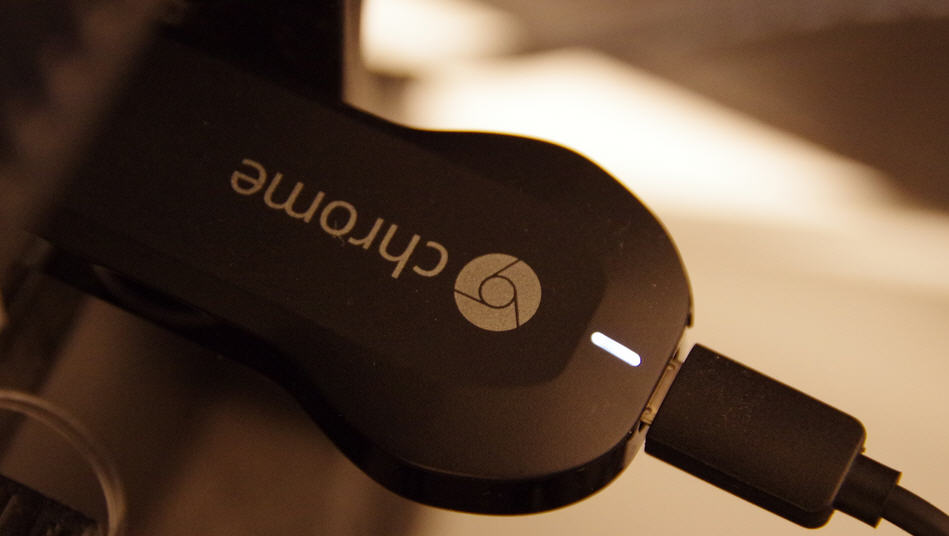A Consumer Guide to TV Streaming Devices
May 15, 2015 19:30

Streamed TV has exploded in popularity. What was once a peripheral competitor for a market largely shared by satellite and cable is fast becoming a major player, and shows every sign of continuing to gain ground on other platforms. Internet options tend to be more flexible, not to mention cheaper, making them excellent options for anyone interested in a narrower range of content than the hundreds of channels that traditional providers give.
But not all streaming devices are made equal. Each has its own set of pros and cons, and it's important to choose one that actually fits your desired programming. We'll run through a couple of the top options, and give you the information you need to make an informed decision.
Roku
We basically have to start this list with the Roku. Now in its third generation, this slick TV-topper boasts the widest range of available channels, with over 2,000 available. Not only that, but it's won major praise for an easy to use remote. Voice control will be gimmicky for some users, but does add to the Roku's appeal as a top-end product in its category.Just about anyone after a streaming device will be happy with a Roku: they're easy to use, powerful, and have access to an absurd amount of content. The one sticking point is price – quality doesn't come cheap, and a Roku 3 will generally run you around $100, not including subscriptions to premium channels.
Chromecast
On the opposite end of the spectrum is Google's lightweight Chromecast stick. These little devices plug into HDMI sockets, where they give you access to a range of channels. Instead of a remote, Chromecast relies on control from an app-equipped smartphone or tablet to deliver HD, cloud-based content.Users on a budget will likely love the Chromecast's ~$35 price tag, which beats even other stick-based streamers. However, it does fall short on content. Though Google is rapidly changing this, Chromecasts don't have access to the full range of channels that other streaming devices do. While they can simply be used to cast videos playing on a computer to a television, doing so smoothly requires some top-end wifi.
Slingbox
This one's a little different than the others. Instead of acting as a full cord-cutting alternative to cable and satellite, the Slingbox instead piggybacks on existing subscriptions, but allows them to be accessed from anywhere. In short, a single TV package (check www.tvproviders.com for info) enhanced with a Slingbox immediately becomes available on other televisions and laptops, letting you enjoy high-quality, live content away from home.The price tag may be daunting for some. Slingboxes fortunately don't require any monthly subscription fees, but do come at the rather steep cost of $150. Whether or not you can benefit from grabbing one depends largely on you. Frequent fliers with a love of live content will adore the Slingbox's versatility.
Just make sure you know what you want before you pick one up.
Future Options
A word to the wise: keep an eye out for new devices. We're looking at a crowded market, and competitors crop up by the month. For example, the Razer Forge is set to show relatively soon, and promises to be a top-notch Android TV system, as well as a gaming system.Not only devices, but channels may appear as time goes on. Google in particular has shown a penchant for picking up new content. So whatever device you decide to roll with, don't ignore the news. You never know what might be coming up over the streaming horizon.
Image via







































































